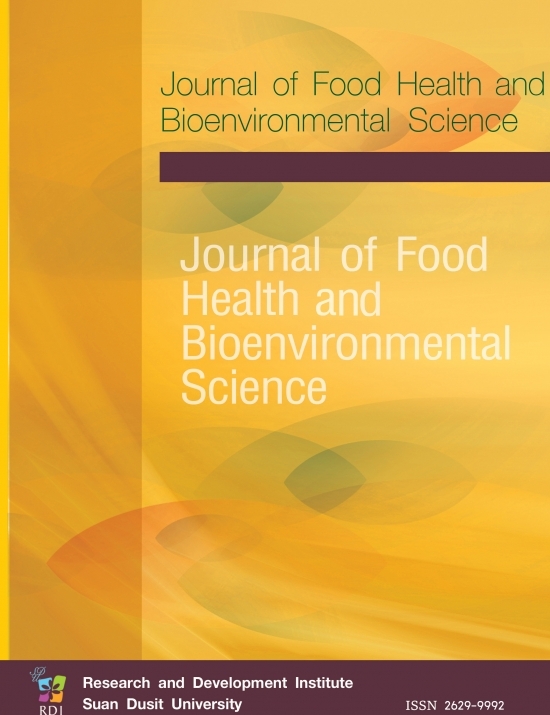Comparison of Extraction Solvents and Techniques Used for The Assay of Free and Bound Phenolic Acids from Rice Samples
Keywords:
Extraction Method, Phenolic Acids, RiceAbstract
The extraction and alkaline hydrolysis methods of free and bound phenolic
acids were studied on Jasmine (Jasmine 85), Basmati (Basmati 370-1) and brown
rice (Jasmine 85) (Oryza satia L.). Free phenolic acids in three rice samples were
extracted by seven different solvent systems: 100% and 80% (v/v) methanol, 100 %
and 80% (v/v) ethanol, 100% (v/v) water, 80% (v/v) acetone, and 35:35:30 % (v/v/v)
of methanol:acetone:water with five different extraction techniques (shaker, regular
ultrasonic (RUAE), high energy ultrasonic (HUAE), microwave (MAE) and
pressurized liquid extraction (PLE)). The phenolic extracted contents were analyzed
by the ferric reducing antioxidant power (FRAP) assay. Moreover, three different
alkaline hydrolysis techniques: ultrasonic (UAAH), microwave (MAAH), and pressurized
liquid assisted alkaline hydrolysis extraction (PAAH) were used for extracting
bound phenolic acids and analyzed by liquid chromatography-mass
spectrometry. Maximum extraction yields of total phenolic acids were obtained from
35:35:30 % (v/v/v) of methanol/acetone/water as solvent system with PLE technique
while bound phenolic acids were obtained by MAAH technique. In addition, MAAH
technique provides the highest extraction yields of bound phenolic acids. PLE and
MAAH techniques were suitable for free and bound phenolic acids extraction from
rice samples, respectively.








